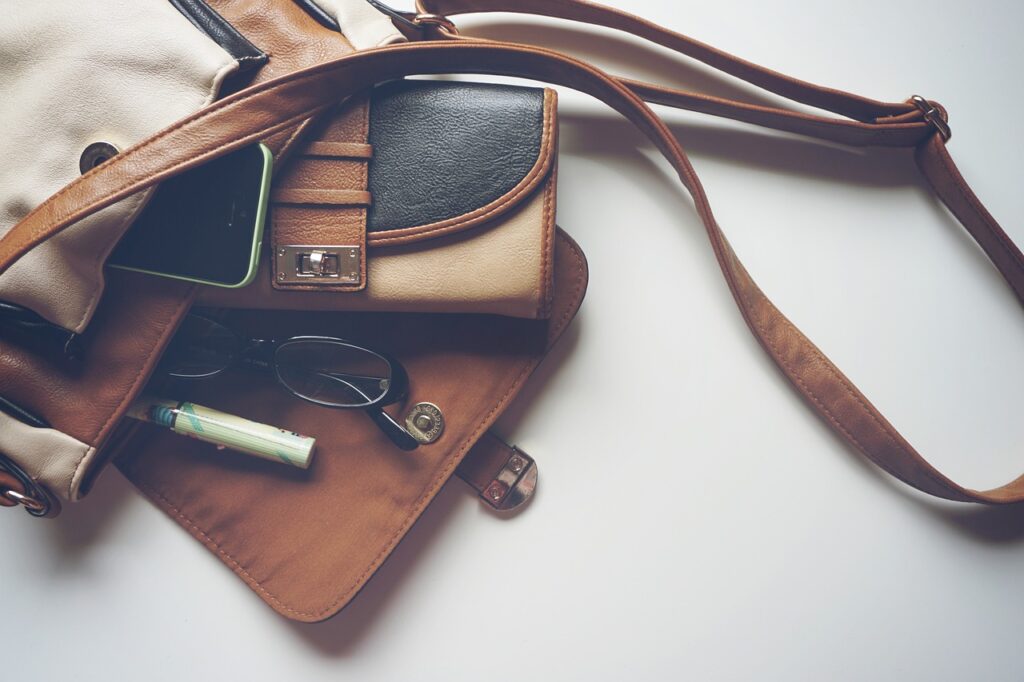
The Importance of Counterfeit Items Detection: Safeguarding Authenticity and Protecting Consumers
The Rising Challenge of Counterfeit Items Detection: Why It Matters
The global rise of counterfeit goods has become a significant challenge for businesses and consumers alike. From luxury brands to everyday products, counterfeit items flood marketplaces, risking consumer trust, safety, and brand reputation. As counterfeit detection methods advance, it becomes essential to stay informed on the latest practices to protect yourself, your business, and your customers. In this article, we explore the critical aspects of counterfeit items detection, focusing on technologies and practices that can help identify fake items and foster safer, more transparent markets.
Why Counterfeit Detection is Essential
Counterfeit goods don’t just pose financial risks; they also bring safety concerns and legal issues. Fake items are often made with subpar materials, potentially harmful chemicals, or flawed designs, which may endanger consumers. For businesses, counterfeit products dilute brand value, disrupt market prices, and, if unchecked, could lead to costly lawsuits or even criminal liability.
Effective Techniques for Counterfeit Items Detection
Several advanced techniques are now widely adopted by experts and businesses to detect counterfeit items. Here are some leading methods:
- Digital Authentication: Digital watermarks and QR codes offer instant verification of an item’s authenticity. These tags can be scanned with a smartphone to verify a product’s origin, providing an easy way for both customers and officials to spot fakes.
- Blockchain Tracking: With blockchain technology, each product gets a unique digital record, detailing its journey from production to sale. This immutable record enhances transparency and allows consumers and authorities to verify authenticity easily.
- Chemical Analysis: For high-end goods and luxury items, chemical and material analyses confirm the composition and quality, distinguishing authentic items from low-quality knockoffs.
- AI-Powered Image Recognition: Artificial intelligence (AI) now plays a significant role in counterfeit detection, using machine learning to analyze images for inconsistencies in logos, packaging, and other branding elements that signal fakes.
- Forensic Labeling: Invisible inks or holograms serve as covert markers that only experts can detect, making it difficult for counterfeiters to replicate.
The Role of Law Enforcement in Counterfeit Item Detection
Authorities play a crucial role in identifying and seizing counterfeit goods before they reach consumers. Police departments and customs officials worldwide rely on cutting-edge counterfeit item detection tools and collaboration with brands to intercept shipments of fake goods. Some strategies employed by law enforcement include:
- Data Sharing with Brands: By collaborating with companies, law enforcement can access product databases and learn to spot nuances that distinguish genuine items from fakes.
- Undercover Operations: These are essential in cases where counterfeit networks operate covertly. Police may conduct undercover buys or stakeouts to locate sources of fake goods.
- International Cooperation: Since counterfeit rings operate across borders, international law enforcement cooperation helps track and intercept counterfeit goods globally.
Counterfeit Item Detection: Tips for Consumers
Consumers are the final checkpoint for detecting fake items. Here’s how you can stay vigilant:
- Know the Retailer: Purchase items from trusted retailers or official brand websites to minimize the risk of counterfeit purchases.
- Inspect Labels and Packaging: Fake items often have inconsistent packaging, misspelled words, or irregular stitching.
- Use Verification Apps: Many brands offer smartphone apps that allow consumers to scan codes and verify authenticity instantly.
Future Trends in Fake Item Detection
Counterfeit detection technologies will continue to evolve as counterfeiters find new ways to bypass current security measures. Emerging trends in fake item detection include:
- Enhanced AI Capabilities: AI will continue to improve in recognizing patterns and discrepancies that the human eye might miss.
- Smart Packaging: RFID chips and IoT sensors are being embedded into packaging, making it possible to monitor and authenticate items in real-time.
- Stronger Legal Measures: Governments are implementing stricter regulations and penalties for counterfeit trade, further discouraging the production and distribution of fake goods.
Protecting Consumers and Businesses with Clean Traces
With a growing market for fake goods, both consumers and brands must prioritize counterfeit items detection to uphold product authenticity, safety, and trust. At Clean Traces, we offer advanced solutions for detecting fake items, equipping businesses with tools to protect their brands and customers alike. From AI-based image recognition to blockchain verification, Clean Traces is dedicated to helping businesses safeguard their integrity and consumers stay safe in an increasingly counterfeit-prone world.